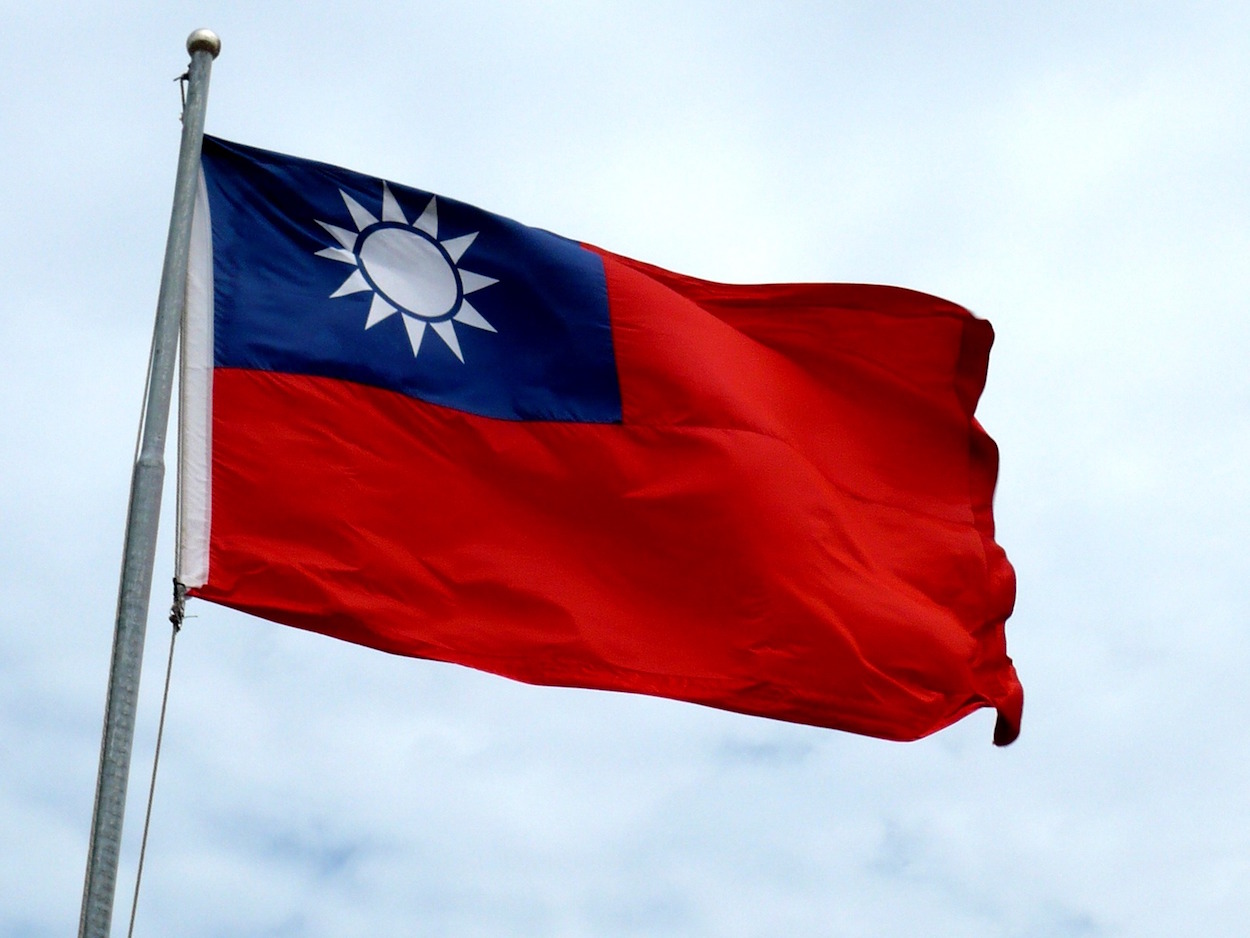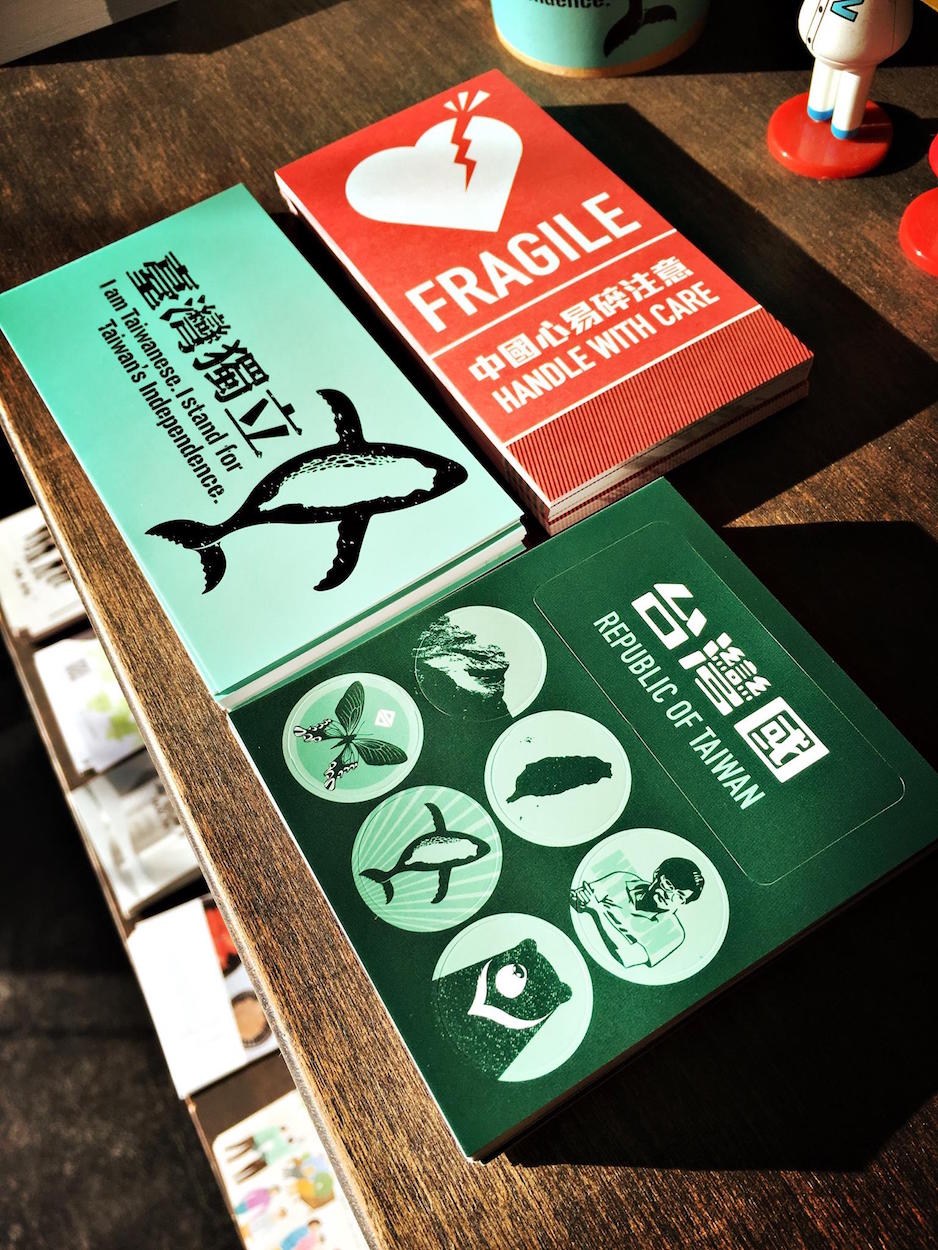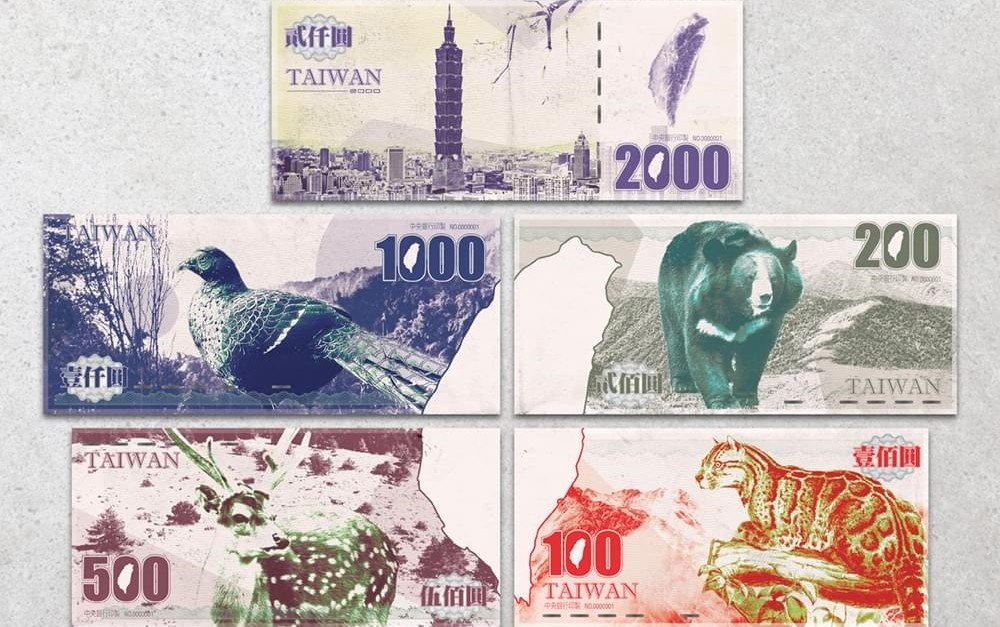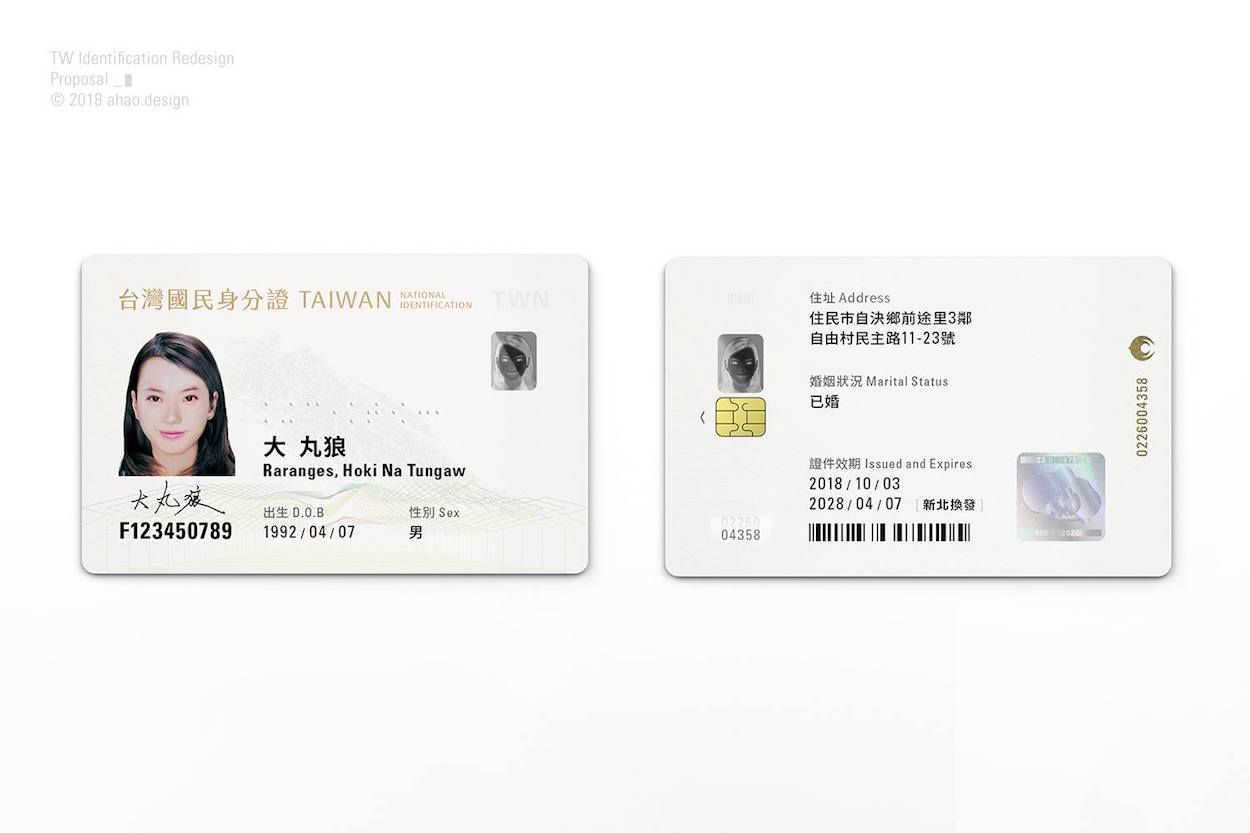by Brian Hioe
語言:
English
Photo Credit: ahao design
A RECENT CONTEST organized by the government to design a new Taiwanese ID card and eventual shuttering of the website after cyberattacks is illustrative. Namely, the incident illustrates some of the dynamics of Taiwanese identity contestation in recent years, between Taiwanese citizenry, the Republic of China (ROC) government—currently led by the DPP—and China.
Namely, many Internet-based grassroots effort to “crowdsource” markers of Taiwanese identity emerged after the 2014 Sunflower Movement, which raised awareness of issues of Taiwanese identity in society . One observes, for example, that there have been campaigns to create new passports, national identification cards, currency, and national flags since 2014.
 ROC flag. Many Taiwanese independence advocates do not view the ROC flag as representative of Taiwan, seeing as the flag originated from China when the KMT fled to Taiwan and brought the ROC government-in-exile with them. Controversial also is that the white sun in the ROC flag is the party symbol of the KMT, reflecting the former one-party rule of the KMT. Photo credit: jitcji
ROC flag. Many Taiwanese independence advocates do not view the ROC flag as representative of Taiwan, seeing as the flag originated from China when the KMT fled to Taiwan and brought the ROC government-in-exile with them. Controversial also is that the white sun in the ROC flag is the party symbol of the KMT, reflecting the former one-party rule of the KMT. Photo credit: jitcji
The idea with these would be to created imagined symbols representing an independent Taiwan nation-state that has yet to be, that is, one which is not the ROC. Perhaps such “crowdsourced”, openly democratic efforts to define identity reflect that democratic values comprise a crucial of contemporary Taiwanese identity, as also seen in utopian aspirations to direct democracy evidenced in holding nationwide referendums on key public issues or recall campaigns against corrupt politicians.
The Taiwan passport campaign, which began in fall 2015 when the Ma administration was still in power, seems to have begun this wave of other campaigns to design symbols of an imagined Taiwanese nation-state. The Taiwan passport campaign was primarily an advocacy campaign. Participants in the campaign were called on to try and enter countries with “Republic of Taiwan” stickers affixed to their passports.
 Taiwan passport stickers, designed by Taichung-based activist designer Chen Zhi-Hao, better known as Lao Dan. Photo credit: Lao Dan/Facebook
Taiwan passport stickers, designed by Taichung-based activist designer Chen Zhi-Hao, better known as Lao Dan. Photo credit: Lao Dan/Facebook
The idea of the campaign was to call attention to the absurdity of that Taiwanese are forced to travel under travel documents referring to the “Republic of China”. As a result, Taiwanese are sometimes confused with Chinese citizens, leading to incidents in which immigrations and customs officials treat Taiwanese according to regulations for Chinese citizens, rather than Taiwanese citizens. Likewise, Taiwanese are denied from entering United Nations buildings using Taiwanese forms of ID, such as the ROC passport.
Following several high-profile incidents in which individuals were denied entrance to countries because of the “Republic of Taiwan” stickers they had affixed to their passports, the passport campaign was successful in placing pressure on government officials, leading to official condemnations from the Ma administration.
 Lao Dan’s design for the Taiwan flag contest, representing Taiwan as an island between see and mountains. The design has caught on among a number of contemporary Taiwanese youth activists. Photo credit: Lao Dan/Facebook
Lao Dan’s design for the Taiwan flag contest, representing Taiwan as an island between see and mountains. The design has caught on among a number of contemporary Taiwanese youth activists. Photo credit: Lao Dan/Facebook
Subsequent crowdsourced efforts to design a new Taiwanese flag in the aftermath of the passport campaign took the form of unofficial contests, organized by designers’ groups and sponsored by legislator Freddy Lim of the New Power Party, who has been open about his support of Taiwanese independence in the past. Very likely the aim of this contest was to stimulate to new imaginings of what a future Taiwanese nation-state might look like, as a result of which, many designs leaned in the direction of expressing support for Taiwanese identity. Noted activist designer Lao Dan, who began the Taiwan passport campaign, was among the participants in this contest.
This was followed by an contest to design new Taiwanese currency sponsored by the Central Bank Committee and DPP legislator Gao Jyh-Peng. It may be that this unofficial contest to design a new Taiwanese flag gave impetus to this government-sponsored. And although as an ROC-government sponsored contest in which, for example, one imagines that explicitly pro-independence or pro-unification designs would have been rejected, as any currency would involve displaying national symbols, the same concerns regarding nationality and identity lurked in the background with regards to the choice of national symbols made by designers.
 The winning design for the Taiwan banknote design contest, designed by Lin Yujun. Photo credit: Lin Yujun
The winning design for the Taiwan banknote design contest, designed by Lin Yujun. Photo credit: Lin Yujun
This was a particularly salient issue seeing as current Taiwanese currency still uses images of Sun Yat-Sen and Chiang Kai-Shek, despite Sun’s lack of any direct historical connection to Taiwan except as founding father of the ROC before it fled in exile to Taiwan following its defeat to the CCP during the Chinese Civil War, and Chiang’s legacy as an authoritarian dictator and mass murderer. In particular, the Central Bank stated that it would use winning designs to consider its design for new Taiwanese banknotes.
This was what led to controversy regarding the Taiwanese ID card contest, which was another government-sponsored contest to design a new national ID. The public was to vote on designs and the winning design would be used to consider the design for a new national idea, though the official design might not necessarily include all elements.
 The design with the highest amount of votes, perceived as pro-independence by many members of the public. Photo credit: ahao design
The design with the highest amount of votes, perceived as pro-independence by many members of the public. Photo credit: ahao design
Two designs drew much public discussion, one perceived as explicitly pro-Taiwanese independence due to its title as the “Taiwanese National Identity Card—Local Residents of the Island”, which had the highest amount of votes, and one explicitly using ROC symbols, titled “Sun Yat-sen Version of the Republic of China National Identity Card.”which had the third highest amount of votes. (Full disclosure: Lin Hao-Han, the designer of the “Taiwan National Identity Card” has included New Bloom articles in past print publications designed by him).
Yet it seems that, either way, when it comes to “crowdsourced” identity or other means of allowing Taiwanese to democratically decide on their own national identity is not something that pro-unification forces can tolerate. As such, the government website for the ID contest would come under attack and be taken offline, as well as briefly rerouted to a website for China’s anti-secession law.
 The Sun Yat-Sen design which was third in the ID card design contest. Photo credit: Ministry of the Interior
The Sun Yat-Sen design which was third in the ID card design contest. Photo credit: Ministry of the Interior
It is unknown whether the source of the attack is from pro-unification groups in Taiwan or in China, but either way, their disdain for democracy and for allowing Taiwanese to decide their own identity is palpable. This should surprise, then. However, this may only succeed in drawing more attention to the issue, so in the end, it may be that such efforts at stamping down on expressions of Taiwanese identity may backfire.

